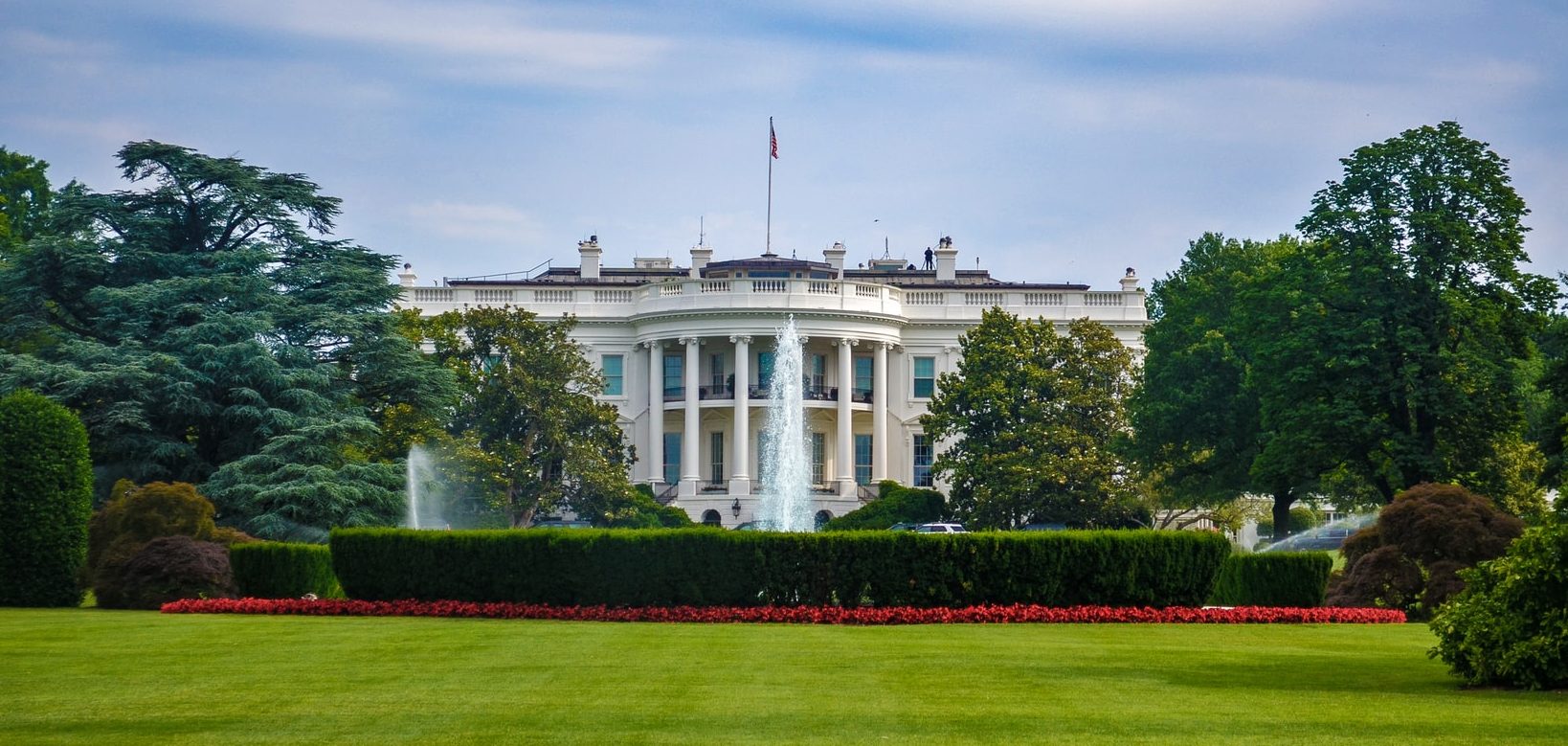The Office of Management and Budget (OMB) released its fiscal year 2021 guide to the President’s budget on June 28, with recommendations and instructions for agencies looking to submit their requests. Information technology, customer experience (CX) and shared services were all included in circular A-11, signaling to federal agencies what their upcoming funding priorities should be.
Russell Vought, Acting Director of OMB, summarized the goal of these recommendations in the opening letter of the circular, “Your budget submission to OMB should build on the President’s commitment to advance the vision of a Federal Government that spends taxpayer dollars more efficiently and effectively and to provide necessary services in support of key National priorities while reducing deficits.”
These five takeaways provide a glimpse into trending topics at all levels of government and what’s to come for the public sector.
1. Improving Federal CX
In an attempt to develop a CX-mindful culture and improve customer satisfaction, the document offered federal agencies guidelines for improving CX. Government CX goals focused on better measurement, governance, culture, customer understanding and service design. Best practices included quickly collecting customer feedback, implementing a plan to collect data and analyze comments and making CX data publicly available.
2. Executing Technology Business Management (TBM)
The A-11 circular announced the completion of the phased implementation of granular cost data for TBM IT cost pools and IT towers. In other words, the FY 2021 will prioritize more detailed IT cost reporting across the board to gather data about where each dollar is spent. The ultimate goal is to establish budget baselines and share spending data publicly.
3. Inclusion of Open Data Plan Reporting
The emphasis on Open Data Plans is meant to improve agency compliance with the Foundations for Evidence-Based Policymaking Act of 2018. This law requires chief financial officers (CFO) to submit to OMB and Congress a plan to identify and address relevant program, policy and regulation questions. This will include a description of how each information resource management activity helps accomplish an agency’s mission.
4. Efficient Project Management
OMB provides guidance for creating more effective project management strategies in accordance with the Program Management Improvement Accountability Act (PMIAA). Efforts toward improved project management include coordinated governance, regular OMB and agency engagement and reviews and investing in workforce improvements.
5. Utilizing Shared Services
The goal of implementing shared services, according to OMB, is to become more cost-efficient and centralize government functions. Their efforts include implementing a process for designating Quality Services Management Offices (QSMOs) and establishing a governance and accountability model to create a standard for shared services. QSMOs are centralized mission support capabilities for the federal government announced earlier this year to replace redundant and duplicative processes throughout agencies. QSMOs and shared services will “enable the delivery of an innovative, flexible, and competitive set of solutions and services.”
The 1,000 pages document from OMB provides a detailed outline of every fiscal 2021 budget-related provision that federal agencies should know. For state and local employees, however, it also provides a preview of upcoming public sector priorities to be aware of.
Photo Credit: Unsplash





Leave a Reply
You must be logged in to post a comment.